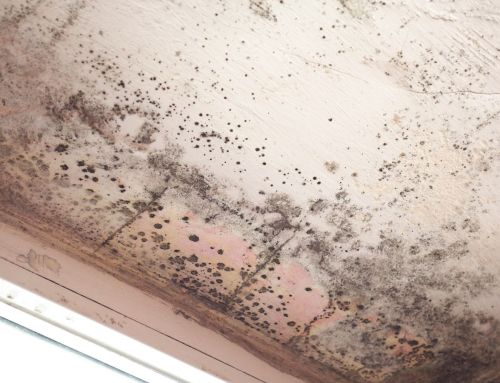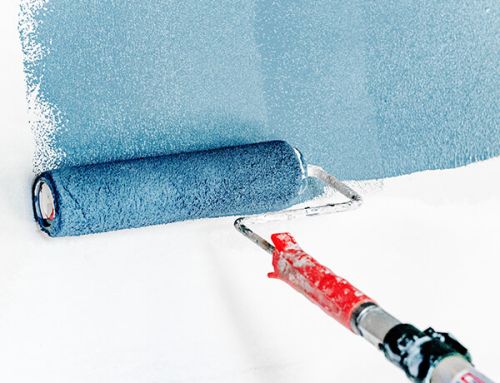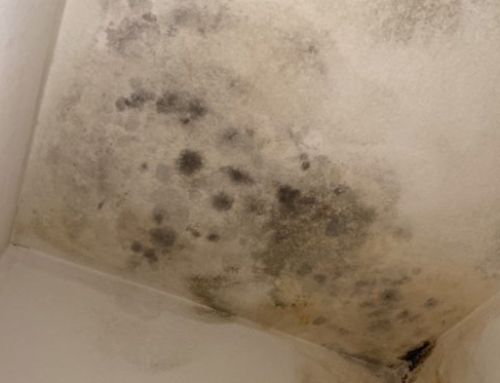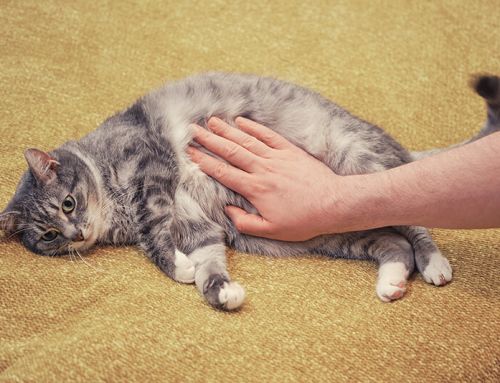Mold is something that grosses out most people, and it is a real problem when it infests a home. You may already know that it can grow on food, on clothes that are left wet, and so much more. But what about the rugs around your home? Discover what you need to know about whether rugs can grow mold, why it’s a problem, how to deal with it, and how you can prevent it.
What It Takes for Mold to Grow
The first thing to understand is what it takes to grow mold. There are five things mold needs:
- Spores
- Moisture
- Food
- Oxygen
- Conducive temperature
There is an ample supply of mold spores in the natural environment. According to the EPA, mold spores can be as small as 2 microns, making them easily carried by the wind, even at great distances. This is also a size that most furnace filters will allow to flow through rather than capturing and removing it. What this means is that most homes have plenty of mold spores floating around.
Being your home isn’t an oxygen-deprived vacuum, spores will also have as much oxygen as they need to thrive.
Mold also grows well in warm environments, with ideal conditions being between 60 and 80 degrees Fahrenheit. This is exactly the temperature range of most homes, so given the right moisture and food, mold will grow quickly.
Moisture is something that spores may have even if you don’t have standing water or overly damp surfaces. Rather, the EPA suggests that just having a household humidity level over 50% relative creates an environment where spores can thrive.
The final thing needed is something to supply nutrients for the mold. You likely already know that mold will grow on food, with plenty of nutrients there to feed it. However, it can also grow on wood, wallpaper, fabric, plants, and even soil. Mold spores release a chemical that causes all of these materials to break down, allowing the mold to absorb the nutrients it needs. Homes are full of organic materials that become a smorgasbord for various kinds of mold.
Can Rugs Grow Mold?
When you look at all that’s needed for mold to grow, rugs certainly meet all of the requirements. In fact, rugs are often used to help capture dirt and moisture when people first come into your home or in areas where you want to protect the other flooring. Unfortunately, this means that it’s common for rugs to remain moist for an extended period, even if the rest of the house is dry. This extra moisture, along with the organic material either found in the rug or in the dirt and debris it’s collected, gives it everything needed for a thriving mold colony.
You may not notice visible mold on your rugs right away. Rather, it can lurk there for some time because of how deep into the rug it may start. Rather, you may have other indications that you have a lingering mold issue. Keep your nose attuned to any unusual musty or moldy smells. Also, be conscious of whether anyone if your family is having more significant allergy issues.
Why Home Mold Poses a Problem
Most everyone knows that mold can cause allergic reactions in many people. In fact, according to the Cleveland Clinic, as many as 1 in 5 people suffer from some form of mold allergy. In mild cases, it can cause mild symptoms like nasal stuffiness, watery eyes, and itchy skin. However, it may also result in more serious reactions, including triggering asthma attacks. Some molds also release toxic compounds called mycotoxins that cause serious reactions including death.
The health impacts are not the only problems mold will cause. As previously mentioned, mold releases a compound that makes organic material break down. This means that if left long enough, it will ruin the material where it has taken hold. Unfortunately, most materials where mold grows are porous. This means that even if you attempt to clean the mold off, it’ll just grow back thanks to still being well-established in the porous material.
How to Deal With Moldy Rugs
How you deal with moldy rugs will depend, at least in part, on the degree of mold infestation and your own capabilities. Before attempting to deal with any mold problems, keep in mind that you should take protective measures, including wearing goggles, an N95 mask, and gloves while working on any mold issue.
If you have a small rug that will fit into a clothes washer, you may be able to salvage it. To kill the mold, you have two options. Your first is to use hot water, between 140 and 160 degrees Fahrenheit. Your second choice is to use an antifungal agent to destroy mold spores.
The go-to option is a bleach solution that you allow to soak for 15 to 20 minutes. The problem with bleach, however, is that it tends to destroy colors. Some people also swear by hydrogen peroxide or baking soda. Both of these are antifungal in nature. Baking soda will also help absorb excess moisture. Regardless of the agent you use, you’ll still need to deal with the visual aspect if the mold has discolored your rug.
If mold has completely infested your rug or if it is damaged beyond what a cleaning can handle, you may need to replace it. Some professional mold remediation and carpet cleaning companies have techniques that will help save the rug if you want to attempt to keep it.
How Are Carpets Different?
Carpets are a wholly different story than rugs, which often require more remediation effort. First, carpets usually have some form of padding under them, which may encourage mold growth even if you don’t see it on the outside of the carpet. Further, there’s the subfloor under the padding to consider. This is usually made of either OSB or plywood; in either case, it can become a perfect breeding ground for mold.
Before attempting to remediate carpet mold, you’ll need to pull the carpet back and check the condition of the padding and subfloor. In extreme cases, you’ll need to replace sections of both to fully remove the mold from your home.
Preventing Mold Growth
There are several steps you can take to prevent mold from taking hold in your rugs. Start by quickly cleaning up any spills and removing all excess moisture. If you have a rug that’s constantly getting wet, like inside your door, make sure you swap it out and give it time to dry. Mold will generally start growing within 24 to 72 hours when excess moisture is present.
Next, control the humidity within your home. The EPA suggests maintaining your home’s humidity between 30% and 50% relative. This is enough moisture to prevent things from becoming overly dry but dry enough to inhibit mold growth.
If you need help with mold remediation, you can count on Pur360. We have locations throughout the United States, including Florida, Texas, Wisconsin, and Georgia. Our experts offer mold testing, remediation, and restoration along with odor removal and ultraviolet sanitization. Call to schedule your mold remediation consultation with one of our specialists today.



